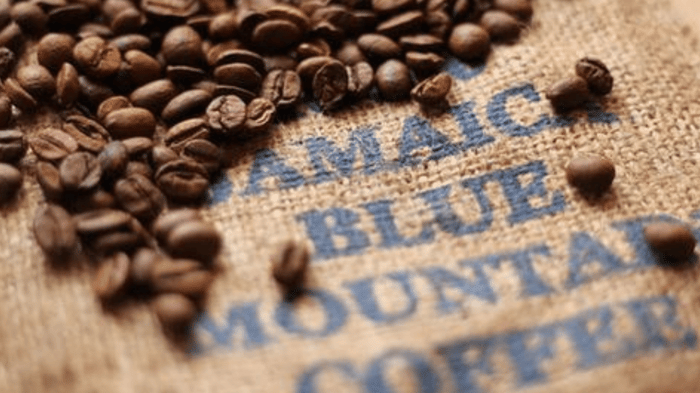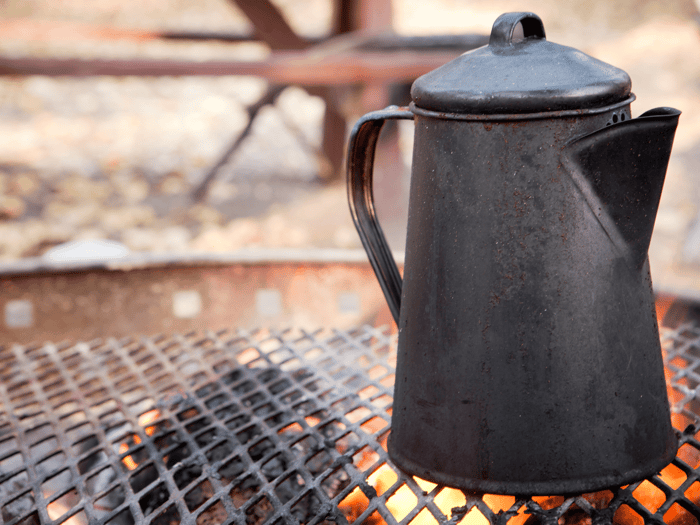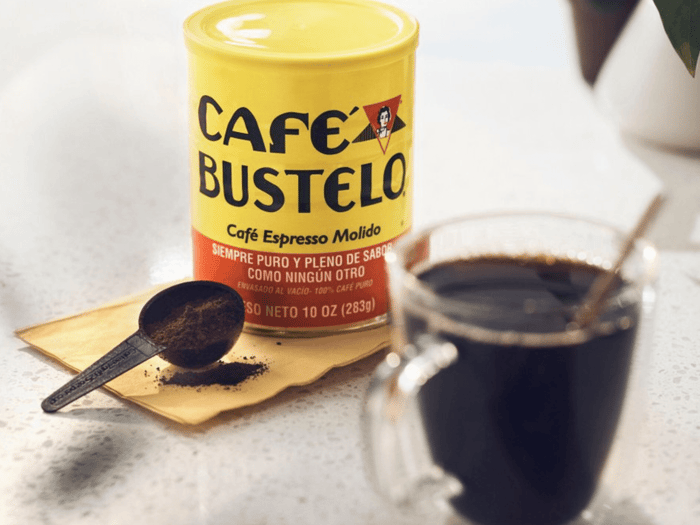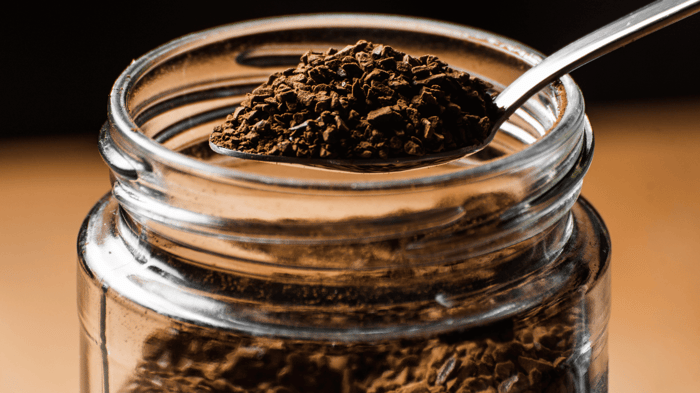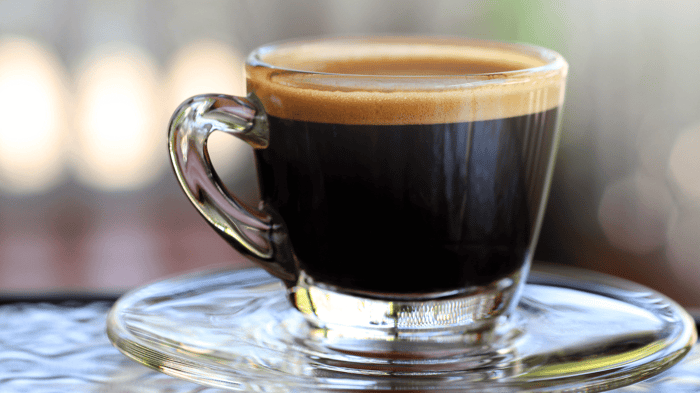Cuban coffee, often known as cafecito, is many people's all-time favorite. You will see it often if you visit the Miami Florida area. It has certainly become more popular in the United States over the years. If you are looking for a strong, great-tasting, and unique coffee, you might want to try a Cuban-style coffee.
Anyone who has tried it understands it's popularity. This coffee will shame Starbucks' strongest coffee, as it is considered to be very strong. However, it is considered a delectable treat by many.
The strength of this Cuban Coffee likely had an impact on the creation of the Café Bustelo Cuban Espresso brand.
Cafécito is an important element of Cuban culture. They order it for dessert at Cuban restaurants and also have it alongside regular meals.
What exactly is Cuban coffee?
Cuban coffee is a powerful, dark roast espresso that is far too bitter to drink on its own. This is why it is sweetened with sugar. Cuban Coffee, also known as Cuban pull, Cuban shot, or cafecito, is commonly consumed in the morning and complements meals. Most dinners in Cuba are incomplete without coffee. It is customary to consume it during work breaks in Cuba and in areas of Florida such as Tampa, Florida Keys, or Miami.
Similarly, it has been adopted by communities of foreign people from Europe and America. In general, it is a staple for the people of Cuba. If you enjoy coffee, you will not want to miss out on Cuban Coffee!
Where does Cuban coffee come from?
Cuba has farmed coffee from both Robusta and Arabica coffee bean varietals for over 200 years. Sierra Maestra, Cuba's eastern mountainous region, is an ideal coffee-growing area. Its reddish-brown humus soils and ideal weather conditions make for an ideal growing environment.
Central Cuba's Escambray Mountain districts are also significant producers. These hilly regions' protected zones are dedicated solely to cultivating organic coffee. Local laborers handpick the coffee beans. Domestically, they are consumed. However, they are exported as well. Many Cubans are familiar with how to make various sorts of espresso at home. Alternatively, most restaurants and cafes in Cuba serve finely made Cuban coffee.
What are the several varieties of Cuban coffee?
Espresso is the cornerstone of all these distinct sorts of Cuban coffee. Here are some of the different varieties:
- A colada is a 4-ounce Cuban espresso that typically is served with small mini plastic cups for sharing and comes in a styrofoam cup. In South Florida, for example, it's fairly customary to buy one before coming to the nail salon to share with everyone.
- A cortadito is a steamed milk shot of unsweetened Cuban espresso. It's essentially a smaller version of a café con leche that has been sweetened to taste with sugar.
- Unsweetened Cuban espresso is served with hot steamed whole milk in a café with leche. Cafe con leche is typically served with buttered Cuban toast, which most people dip in our café. Yum!
- Café Con Leche- A Café Cubano that comes with a separate cup of hot, steamed milk. Simply pour the milk into the espresso and drink it.
Of course, there are more variations, but these are the most common.
Instructions for Making Cuban Coffee
You will start by making the espresso. Next, you will start to form your froth with the sugar. Pour the initial few espresso droplets from the sugar cup into the espresso machine. The first few drips of espresso from the espresso machine are usually the most concentrated.
Allow the espresso machine to continue brewing while you produce the sugar foam. Stir a few drops of expresso and the sugar quickly to get a pale, thick sugar foam. This foam is called espumita. Of course, there will be some trial and error if you have never done this before. You should start by adding a few drops and stirring until the sugar foam is thick but drippy. Keep track of how much you add so you'll know how much to add the next time.
Combine the brewed espresso and the sugar foam by pouring them into a cup. To blend, slowly stir both of them together. Use espresso mugs to serve. While it is popular to use granulated sugar, you can also try this same method with brown sugar. The molasses in the brown sugar will produce a much thicker foam that has a bit of a sweeter flavor.
That's it. That's how you make Cuban Coffee.
While Cubans love their Cuban coffee, it might not be for everyone. If you like strong brews, then Cuban coffee might be right up your alley!
Want More Coffee Content?
- Daily Coffee Grind - Click Here
- Coffee Reviews - Click Here
- Coffee Brewing Guides - Click Here
- Coffee Brewer Reviews - Click Here
- All Things Tea - Click Here


